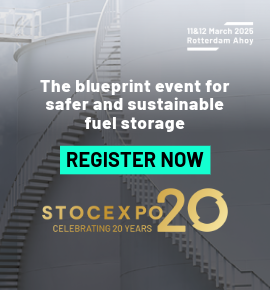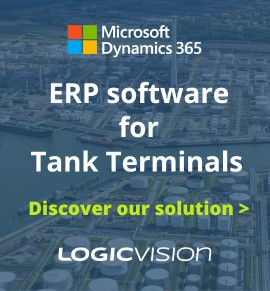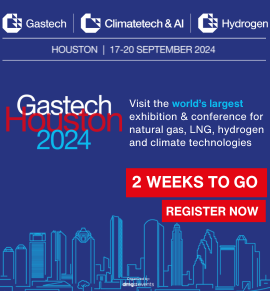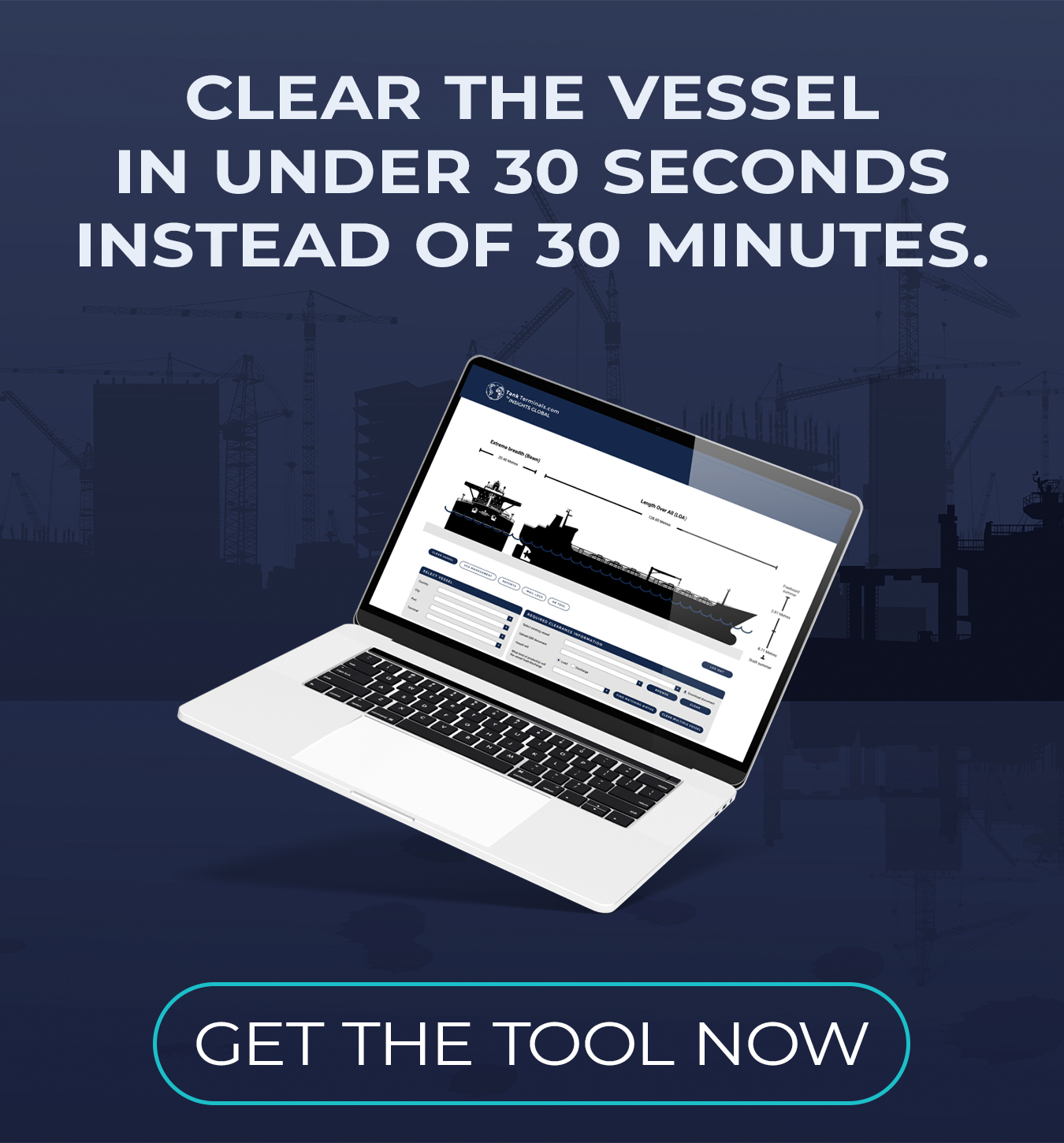March 27, 2025 [Hydrogen Fuel News]- Landmark Collaboration Between MOL and CMB.Tech to Revolutionize Maritime Fuel with Ammonia-Powered Vessels
Mitsui O.S.K. Lines (MOL), a stalwart in global shipping, and CMB.Tech, a leader in green fuel technology, have announced an ambitious agreement to deploy nine ammonia-powered ships by 2029. This groundbreaking initiative not only signals a pivotal shift towards sustainable fuel solutions in the maritime industry but also underscores the critical role ammonia is set to play in the decarbonization of global shipping.
Ammonia-Powered Vessels: The Future of Shipping Fuel
Historically, the shipping industry has relied on heavy fuel oil, an energy source notorious for its significant carbon emissions. However, as regulatory pressures grow and climate change targets demand rapid action, alternative fuels have taken center stage. Among these, ammonia has emerged as one of the most promising options.
When used as a fuel, ammonia emits no carbon dioxide. It is widely available and already benefits from an extensive global infrastructure due to its role as a key commodity in agriculture and chemical industries. For shipping companies, this translates to less need for vast overhauls in port facilities.
The MOL and CMB.Tech partnership represents one of the most significant steps forward for ammonia adoption in shipping. The project will see three Newcastlemax bulk carriers and six chemical tankers equipped with ammonia propulsion technologies, spread across phased deliveries from 2026 to 2029.
How Ammonia Technology Works
At the core of this endeavor are engines designed to utilize ammonia as fuel. Ammonia is a hydrogen compound (NH3), and when combusted, it leaves no carbon footprint behind. Standard applications either burn ammonia directly or crack it into hydrogen and nitrogen for combustion.
The vessels being developed by this partnership include ammonia-fitted systems, where engines are configured to combust ammonia immediately, and ammonia-ready systems, which can be converted into fully functioning ammonia engines as the adoption of the fuel accelerates.
CMB.Tech, a leader in ammonia and hydrogen propulsion technology, brings years of expertise in developing dual-fuel engines. These engines can operate on traditional fuels as well as on ammonia, allowing transitional flexibility while the global shipping industry embraces this new technology. The Newcastlemax bulk carriers and chemical tankers constructed under this agreement will be some of the world’s first large-scale commercial vessels to employ this technology.
Decarbonizing the Shipping Industry
The maritime industry accounts for close to 3% of global greenhouse gas emissions annually. Efforts to decarbonize this critical sector have accelerated following the International Maritime Organization’s (IMO) 2050 targets, which require shipping to cut greenhouse gas emissions by at least 50%. Initiatives like the one launched by MOL and CMB.Tech are vital to closing the gap toward carbon neutrality.
“This landmark agreement is a major milestone in helping the shipping industry achieve its net zero emissions goal by 2050,” remarked Alexander Saverys,CEO of CMB.Tech, in a press briefing. The partnership not only represents a decarbonization effort but also echoes growing trends in fleet rejuvenation as companies modernize to remain competitive within a stricter regulatory landscape.
Ammonia-powered vessels will also tackle long-standing decarbonization challenges posed by global trade routes. Unlike batteries or renewable fuels such as biofuels, ammonia is energy-dense and more scalable for the enormous energy demands of long-haul ships.
A Phased Timeline for Delivery
The phased deployment of these vessels, scheduled between 2026 and 2029, will see three 210,000-deadweight-ton Newcastlemax bulk carriers jointly owned by MOL and CMB.Tech delivered first. Construction for bulk carriers is underway at China’s Qingdao Beihai Shipyard.
Following this, the fleet expansion will continue with the delivery of six chemical tankers ordered from China Merchants Jinling Shipyard, four of which will feature ammonia-ready configurations. Depending on the vessel’s classification, these ships will enter operation under charter agreements ranging from seven to twelve years.
Addressing Challenges and Looking Ahead
While ammonia holds immense promise as a carbon-free alternative to fossil fuels, its adoption is not without challenges. Critics have often raised concerns about the fuel’s toxicity and potential nitrogen oxide (NOx) emissions during combustion. However, studies indicate that integrating hydrogen into the combustion process could mitigate these issues, reducing harmful byproducts significantly.
To fully realize ammonia’s potential, industry-wide collaboration will be critical. Innovations in propulsion systems, coupled with updated global safety standards, will shape the future of alternative maritime fuels.
Pioneering a New Wave of Sustainability
The partnership between MOL and CMB.Tech is indicative of a growing momentum in shipping’s green transition. Beyond reducing emissions, the initiative reinforces the feasibility of substituting fossil fuels at scale. For nations and industries reliant on maritime transport, such shifts will be essential for achieving broader climate goals.
This landmark undertaking is not just a bold step for MOL and CMB.Tech but a beacon of what is possible when innovation and sustainability converge. Ammonia-powered vessels represent more than a technological advancement; they symbolize a critical pathway toward a greener, cleaner future for global trade.
As shipping fleets evolve to meet the demands of a warming planet, these vessels might very well mark the turning tide in the fight against climate change.
Free Trial: Access 13,300 Tank Terminal and Production Facilities
13,300 tank storage and production facilities as per the date of this article. Click on the button and register to get instant access to actionable tank storage industry data
Hydrogen Fuel News










